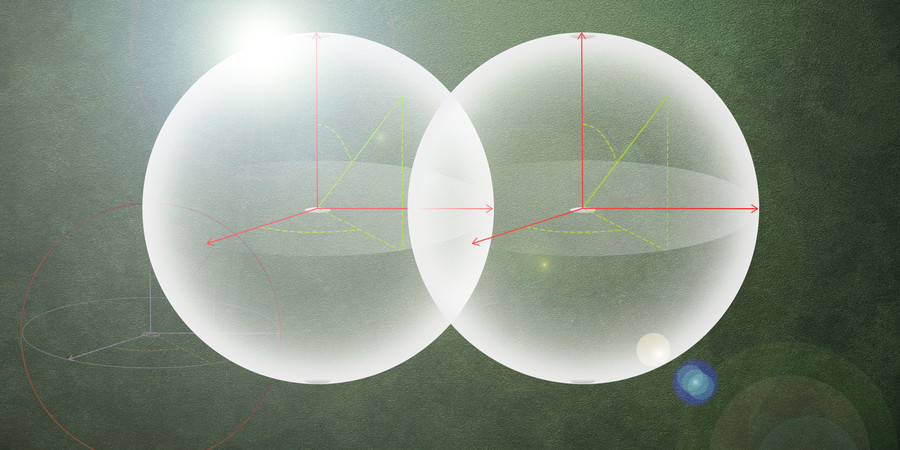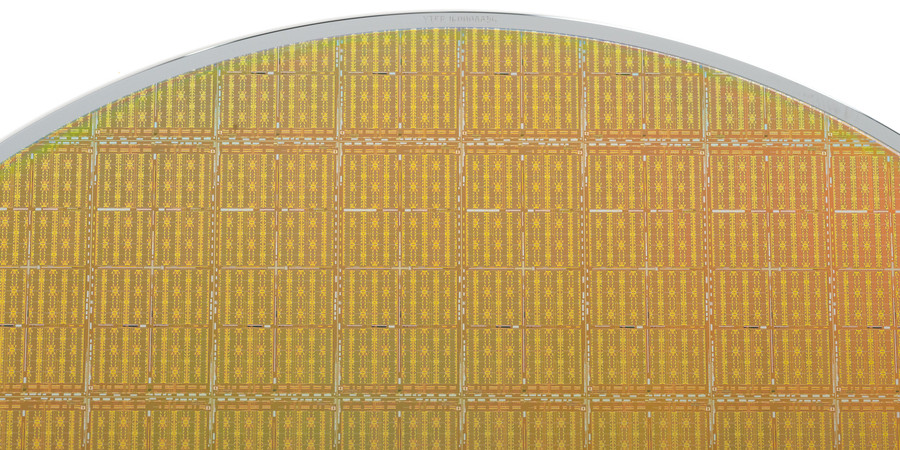September 27, 2023
The popular children’s game of telephone is based on a simple premise: The starting player whispers a message into the ear of the next player. That second player then passes along the message to the third person and so on until the message reaches the final recipient, who relays it to the group aloud. Often, what the first person said and the last person heard are laughably different; the information gets garbled along the chain.
Such transmission errors from start to end point are also common in the quantum world. As quantum information bits, or qubits (the analogs of classical bits in traditional digital electronics), make their way over a channel, their quantum states can degrade or be lost entirely. Such decoherence is especially common over longer and longer distances because qubits — whether existing as particles of light (photons), electrons, atoms, or other forms — are inherently fragile, governed by the laws of quantum physics, or the physics of very small objects. At this tiny scale (nanoscale), even slight interactions with their environment can cause qubits to lose their quantum properties and alter the information they store. Like the game of telephone, the original and received messages may not be the same.
“One of the big challenges in quantum networking is how to effectively move these delicate quantum states between multiple quantum systems,” says Scott Hamilton, leader of MIT Lincoln Laboratory’s Optical and Quantum Communications Technology Group, part of the Communications Systems R&D area. “That’s a question we’re actively exploring in our group.”
Complete article from MIT News.
Explore
MIT Engineers Advance Toward a Fault-tolerant Quantum Computer
Adam Zewe | MIT News
Researchers achieved a type of coupling between artificial atoms and photons that could enable readout and processing of quantum information in a few nanoseconds.
New Chip Tests Cooling Solutions for Stacked Microelectronics
Kylie Foy | MIT Lincoln Laboratory
Preventing 3D integrated circuits from overheating is key to enabling their widespread use.
The Road to Gate-All-Around CMOS
Monday, April 14, 2025 | 10:00 AM to 11:00 AM
In-Person
Haus Room (36-428)
50 Vassar Street Cambridge, MA




